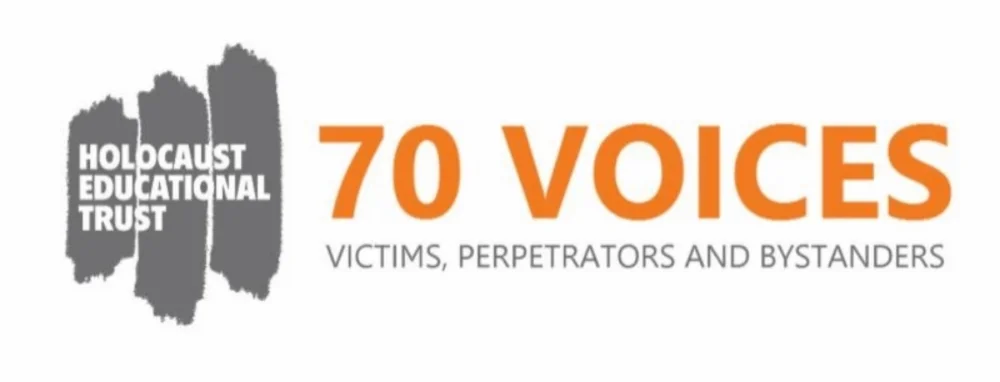As most Jews living in ghettos were sent to their deaths, the minority who remained faced an increasing struggle to survive. Those who had been spared were mostly adults of working age who were deployed by the Nazis as slave labourers. Avraham Tory, who worked as an official of the Jewish Council in the Kaunas Ghetto in Lithuania, commented in his diary in June 1943 on the strange realities of life in the shadow of death.
No less than 60 percent of the Ghetto inmates go out daily to do forced labour. The work is back-breaking. The inmates risk their lives trying to purchase goods for themselves and for their families and then smuggling them in through the Ghetto gate – all this under the watchful eyes of the German and Lithuanian policemen.
The unrelieved pressure during work, the worry over what tomorrow will bring, and the fears of extermination – all these sap the strength of the forced labourers...
An observer might come to the conclusion that the life of the Ghetto inmates runs entirely in the shadow of a permanent fear that the enemy is threatening to put an end to their lives. This was, indeed, the situation in the first period of the Ghetto, at the time of house raids and ‘actions’...
Little by little, however, the mood changed. The Ghetto inmates became accustomed to the Ghetto gate, to their work, and to the injustice. They tried to forget all of the unpleasant things, the dangers and the yoke. Some of them even began inviting friends and colleagues for meals, for a drink of wine or vodka. Others sought an escape in study, in writing, in giving lectures, in composing poems, etc... All these activities provided the Ghetto inmates with some relief.
By law, of course, all these activities are forbidden... The Germans regard us as slaves, and slaves must not be allowed to enjoy life.
The Kaunas Ghetto was one of several where, as Avraham Tory suggested, illicit cultural activity flourished. However, this was stamped out in late 1943 when the SS converted the ghetto into a concentration camp and resumed the murder of its inhabitants. The ghetto was liquidated in July 1944. Avraham was one of around 2,000 of its 30,000 inhabitants who survived the war.
Photo: a boy works at a machine in a Kaunas Ghetto workshop; United States Holocaust Memorial Museum, courtesy of George Kadish/Zvi Kadushin
Diary extract: Avraham Tory, Surviving the Holocaust: The Kovno Ghetto Diary, ed. Martin Gilbert (Harvard University Press, 1990)

